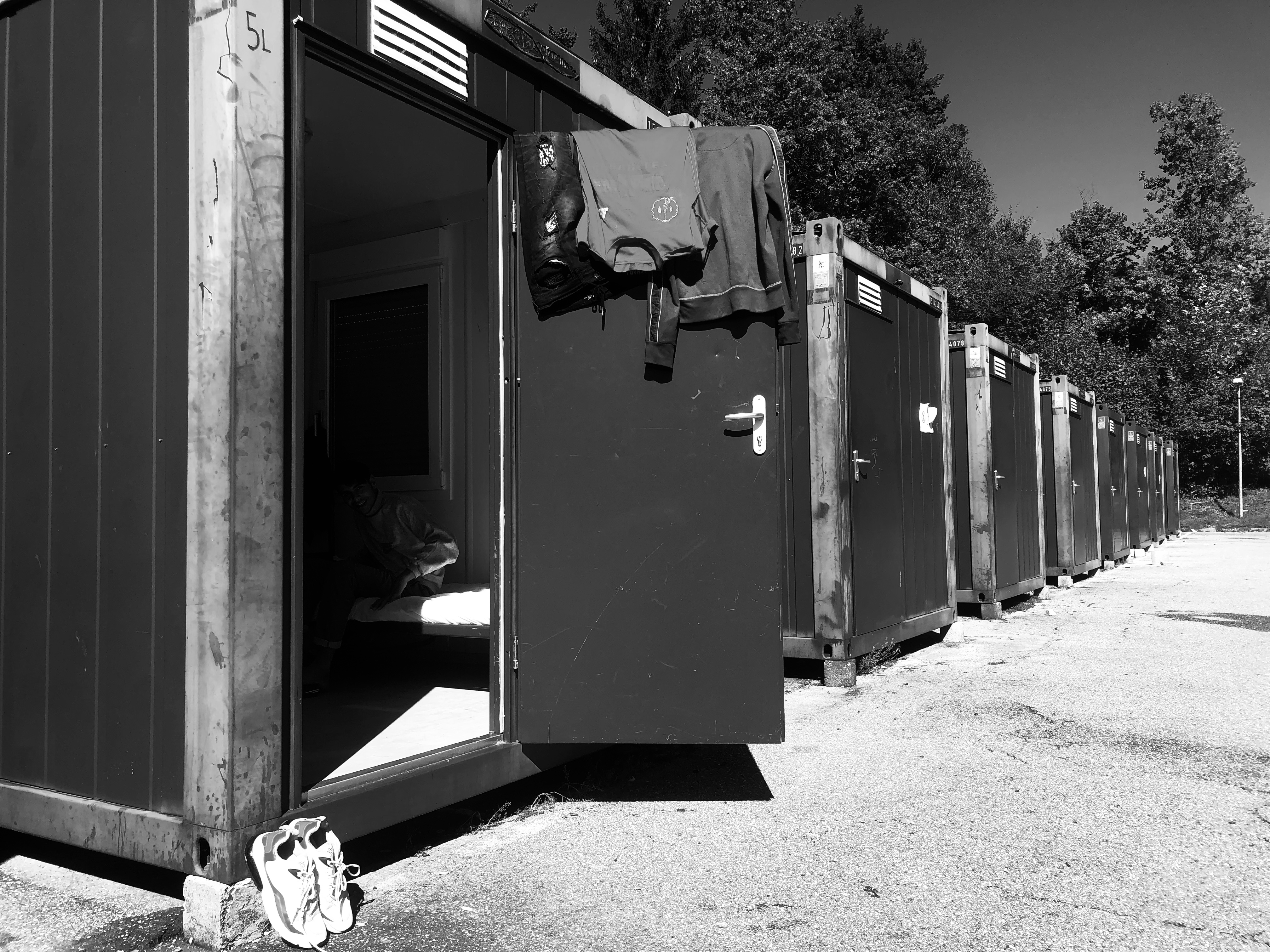Understanding Taliban Resurgence: Ethno-Symbolism and Revolutionary Mobilization
By Kareem Kamel
Volume 15, Issue 1, pages 66-82
This article argues that the post-2001 Taliban resurgence was due to their capacity to act as resourceful ethnic entrepreneurs through selective usage of dominant Pashtun and Islamic mythomoteurs in the process of symbolic cultivation.Through comparative historical analysis and an ethno-symbolist theoretical framework, it shows that the main identity determinants informing the movement’s behaviour have played a fundamental role in the process of revolutionary mobilization. With Afghanistan as their territorial referent, the ideological lenses of Pashtun nationalism and Islamism, coupled with their situational ‘village’ lens, have been used interchangeably by the Taliban to shed light on specific symbolic resources for successful resistance.
Read the full article here.



